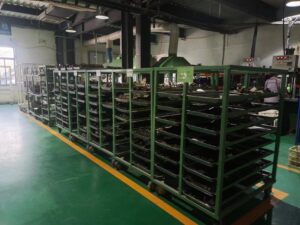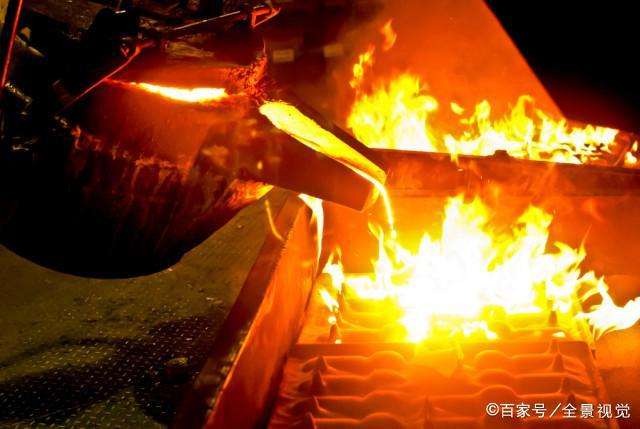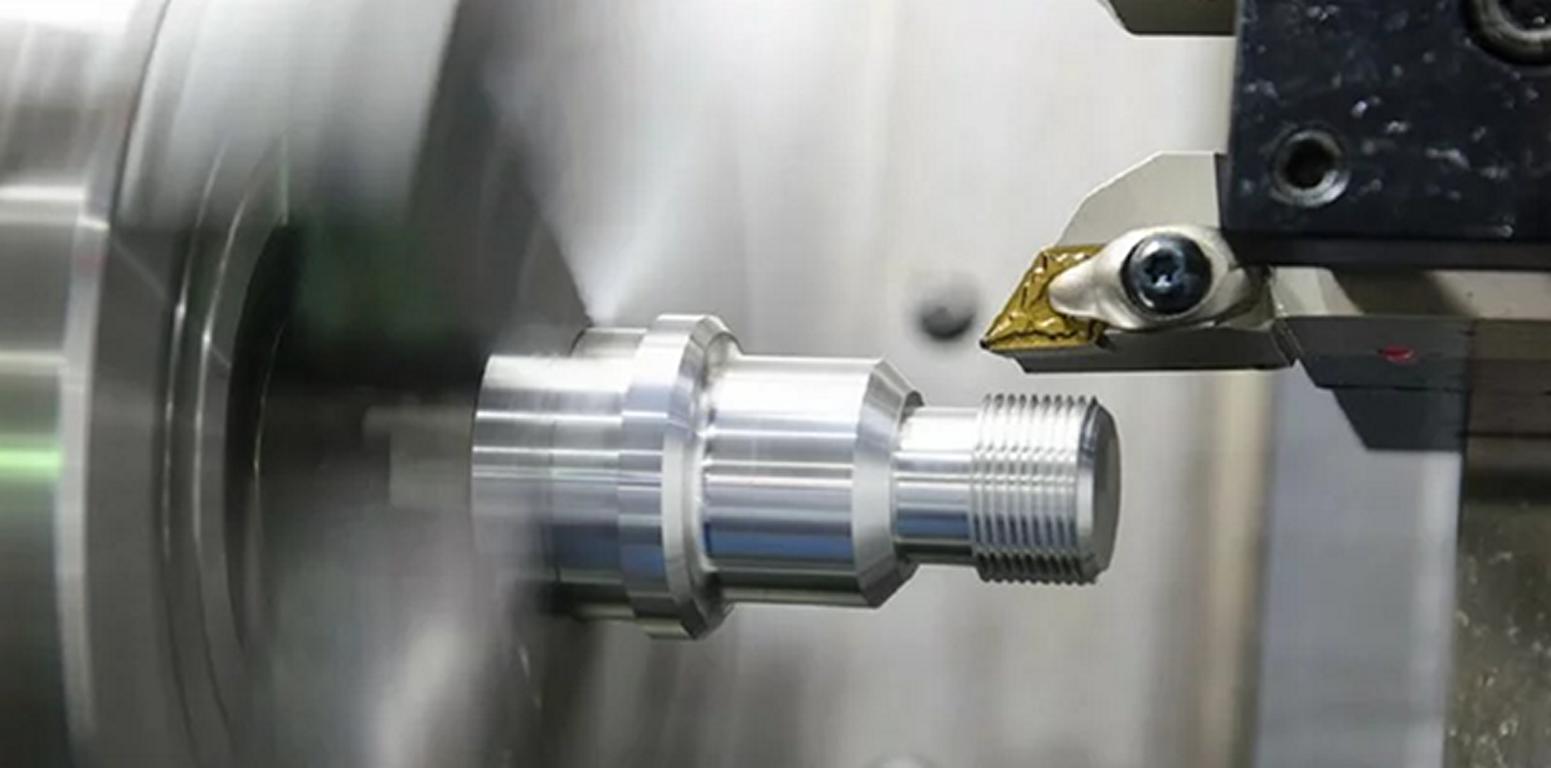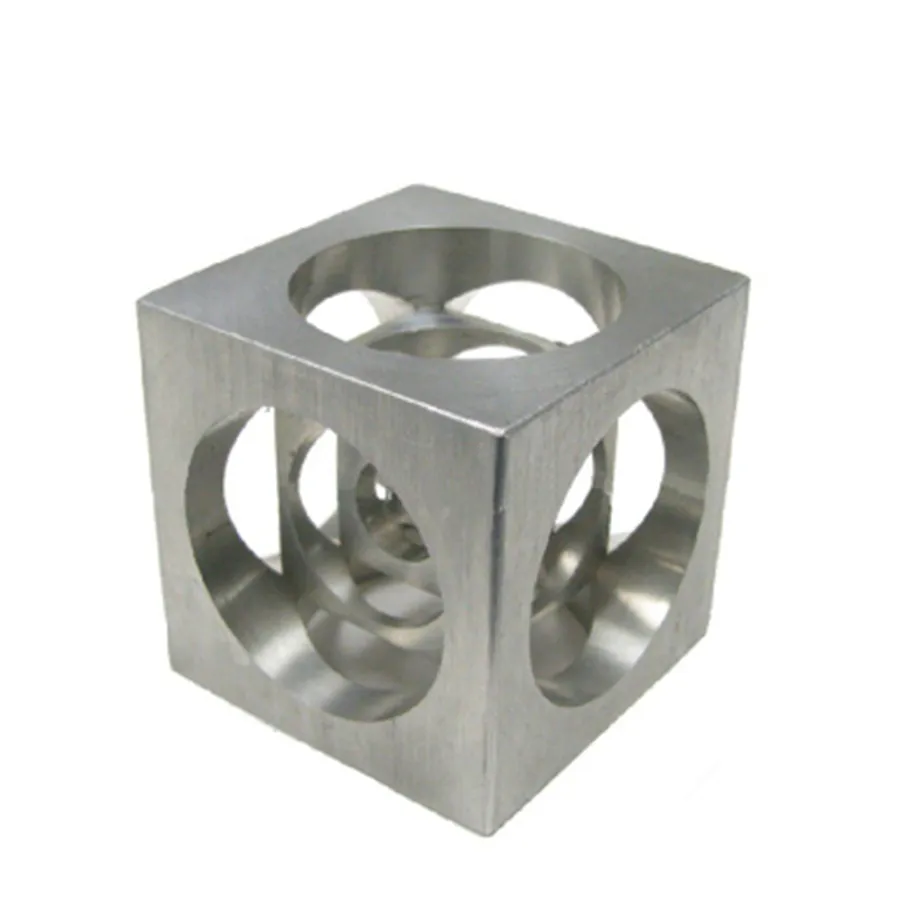
Here’s a comprehensive analysis of the current global steel price dynamics, based on the latest market data and trends:
1. Global Market Disruptions from U.S. Tariffs
U.S. Steel Tariff Hike: President Trump’s announcement to double steel import tariffs from 25% to 50% (effective June 5, 2025) aims to protect domestic producers but has triggered global trade distortions.
Impact on U.S. Market:
Steel stocks surged: Cleveland-Cliffs (+25%), Nucor (+10%), Steel Dynamics (+10%).
Price inflation expected: U.S. steel prices (already the world’s highest) will rise further, especially for high-value import-dependent products.
Global Spillover:
Europe: Potential import surge from redirected Asian exports may depress prices, squeezing EU producers’ margins.
Asia: Excess supply from tariff-affected countries (e.g., South Korea, Vietnam) could flood regional markets, pressuring prices.
India: Minimal direct impact (only 0.1% of its finished steel exports go to the U.S.), but indirect price risks from global oversupply exist.
Table: U.S. Steel Tariff Impact Summary
Region Direct Impact Indirect Impact
United States Prices surge; domestic mills benefit Higher input costs for manufacturers
Europe Limited Potential price drop due to oversupply
Asia Exporters face barriers Redirected surplus to regional markets
India Minimal (low U.S. exposure) Competitive pressure on prices
2. China’s Steel Market: Weak Demand & Seasonal Pressures
Price Trends:
Declining prices: Average national steel prices fell 3.0% MoM in May (Lange Index: 3,475 CNY/ton), with rebar hitting 3,117 CNY/ton (-2.53% MoM).
June outlook: Prices expected to remain weak (3,280–3,420 CNY/ton for rebar).
Demand Constraints:
Seasonal slowdown: “Dragon Boat Water” rains, high temperatures, and national exams (June 7–8) constrain construction activity.
Real estate slump: Property investment down 10.3% YoY (Jan-Apr 2025), dragging construction steel demand.
Infrastructure limitations: Public projects fail to offset private-sector weakness.
Supply Pressure:
High output: Crude steel production at ~290k tons/day in May, despite minor MoM dips.
Inventory build-up: Social steel stocks slowed destocking (MoM decline narrowed to 11.0% in May), with further accumulation expected in June.
*Table: China Steel Supply-Demand Indicators (June 2025 Outlook)*
Indicator Trend Market Implication
Seasonal demand Weakening (rains/exams) Lower construction activity
Real estate investment -10.3% YoY (Jan-Apr) Persistent drag on rebar demand
Crude steel output ~290k tons/day (high base) Supply overhang risk
Social inventories Destocking slows; accumulation expected Price support erodes
3. Raw Material Costs: Easing Support for Steel Prices
Iron Ore:
Prices declined (SHIOPI 62% index at $95.55/ton, down $2.94 WoW).
High port inventories (148.6M tons) and elevated global shipments suppress prices.
Coking Coal & Coke:
Coke prices dropped 50 CNY/ton in May due to weak steel margins and increased Shanxi mine output.
Cost-Price Feedback Loop: Lower raw material costs reduce steel production expenses, enabling mills to cut selling prices while preserving margins.
4. Short-Term Price Trajectory
China:
Bearish outlook: Prices to probe bottoms in June due to weak demand, high output, and cost erosion.
Potential policy support: Further stimulus (e.g., infrastructure funding) could stabilize prices but unlikely to reverse trends.
Global:
Divergence: U.S. prices rally on tariffs; Europe/Asia face downside from redirected supply.
Iron ore pressure: Trump’s tariffs amplify pessimism, with Singapore futures below $95/ton. Miners (BHP, Rio Tinto) face headwinds.
Conclusion
Steel prices are caught in a three-way squeeze:
Demand erosion (seasonal + structural in China);
Persistent high supply (global output resilience);
Falling cost support (iron ore/coke retreat).
The U.S. tariff spike is a rare bullish exception but exacerbates global imbalances. Expect continued weakness in China and regional fragmentation elsewhere, with iron ore remaining under pressure. Policy shifts (e.g., China’s production controls) or demand surprises are needed for a sustained rebound.





